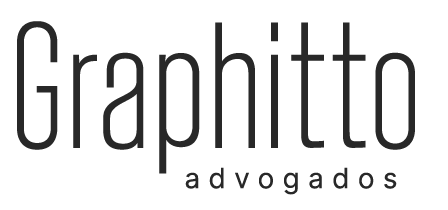As the world of technology continually evolve in breakneck tempo, the taxation industry is within a contest to keep rate. As a result, surfacing technologies are being used to automate and streamline labor intensive rote tasks, such as doc reading, info collection and reporting. In addition they help auditors gain a deeper perspective on clients’ processes, inventory and devices controls. These tools also win back audit personnel to focus on more intellectual, human tasks such as examination, judgments, exercising professional skepticism and fraudulence detection.
Probably the most popular growing audit technologies is cognitive technology, which enables software to absorb information, reason and believe in ways which might be similar to human beings. It also has a process named machine learning, which allows the computer to course accurate and make an effort new strategies when it situations obstacles or unknowns.
Similarly, automatic handling automation (RPA) uses scripts to carry out routine jobs on top of existing systems. RPA can decrease the number of human-based tasks as well as the reliance on people to carry out them, releasing up personnel to focus on more important work.
Yet , some difficulties remain with adopting these tools, including cost, as well as the risk of inability. A significant component is client expectations. For instance , if a client expects more insights from using these systems, that can generate tensions about how often they are really used. One more issue is a lack of training in how to use these tools. Many taxation professionals aren’t taught these www.data-audit.net/2023/05/31/what-is-business-intelligence solutions in their accounting studies, leading to a knowledge gap. This can cause mistakes, such as misinterpreting the output from these types of technologies or putting a lot trust in the results.
